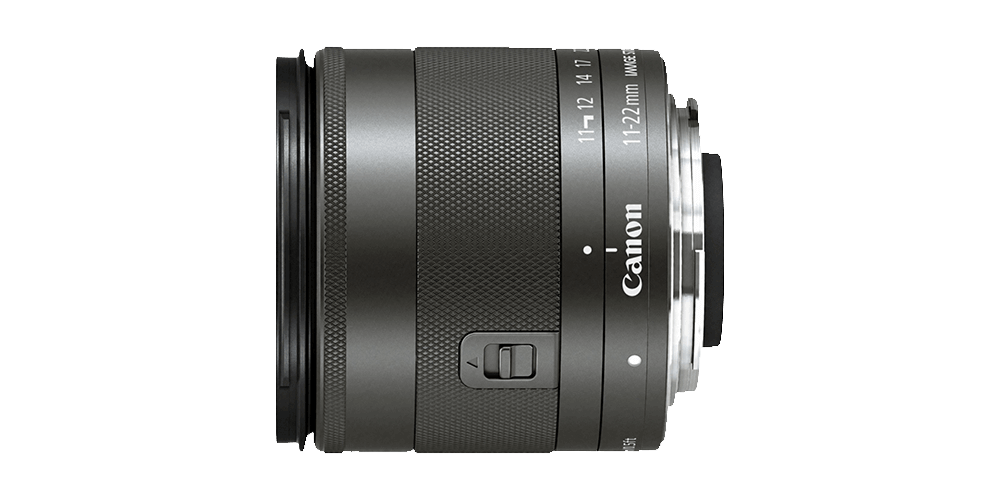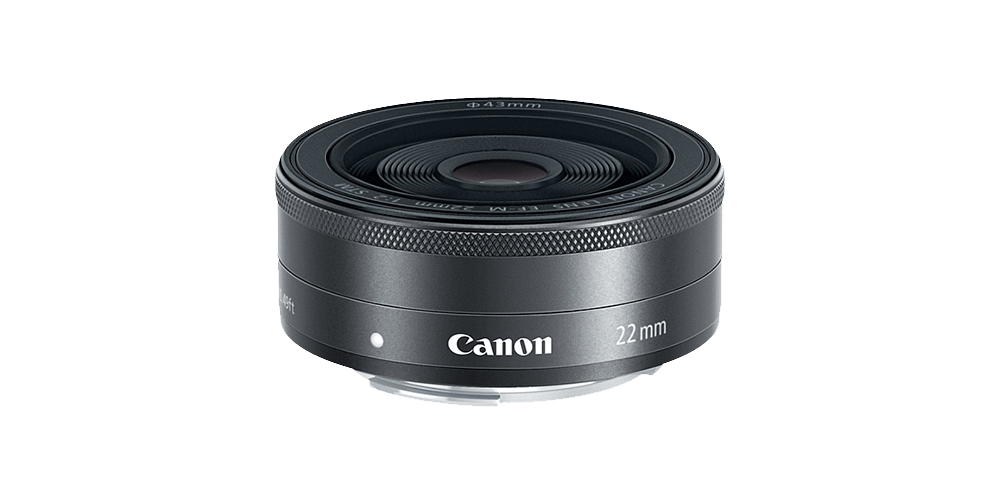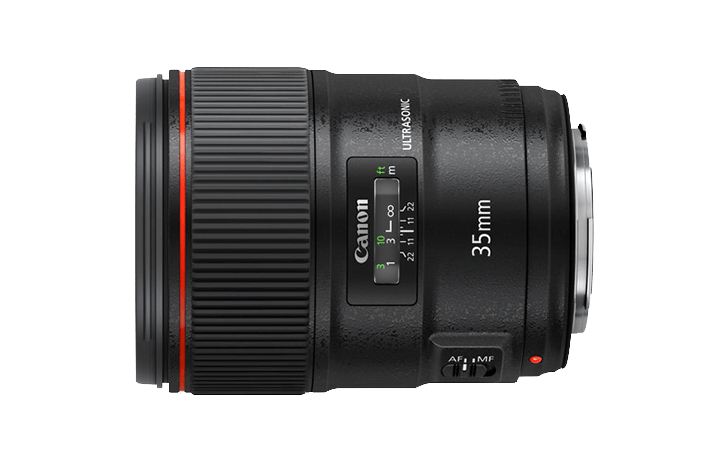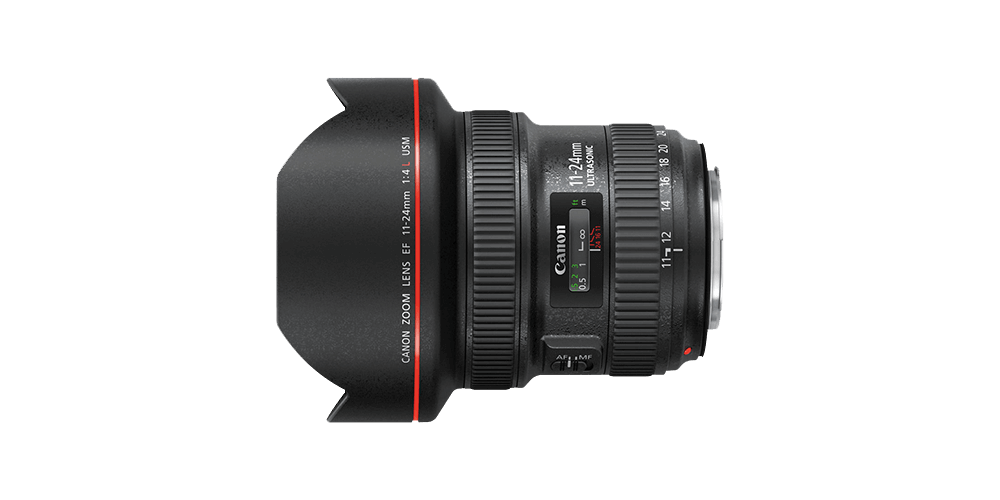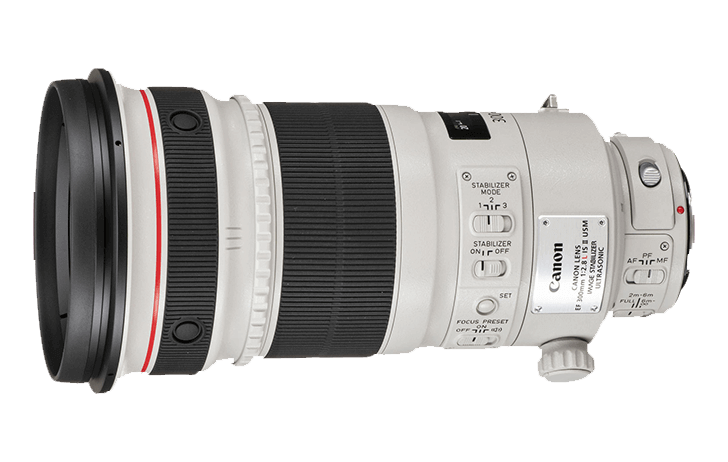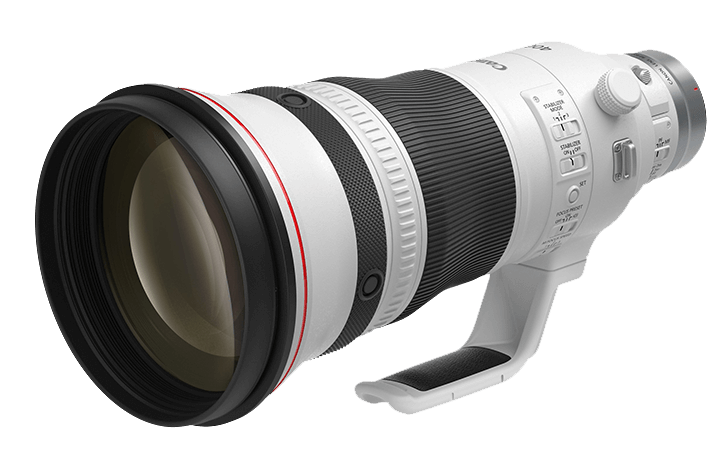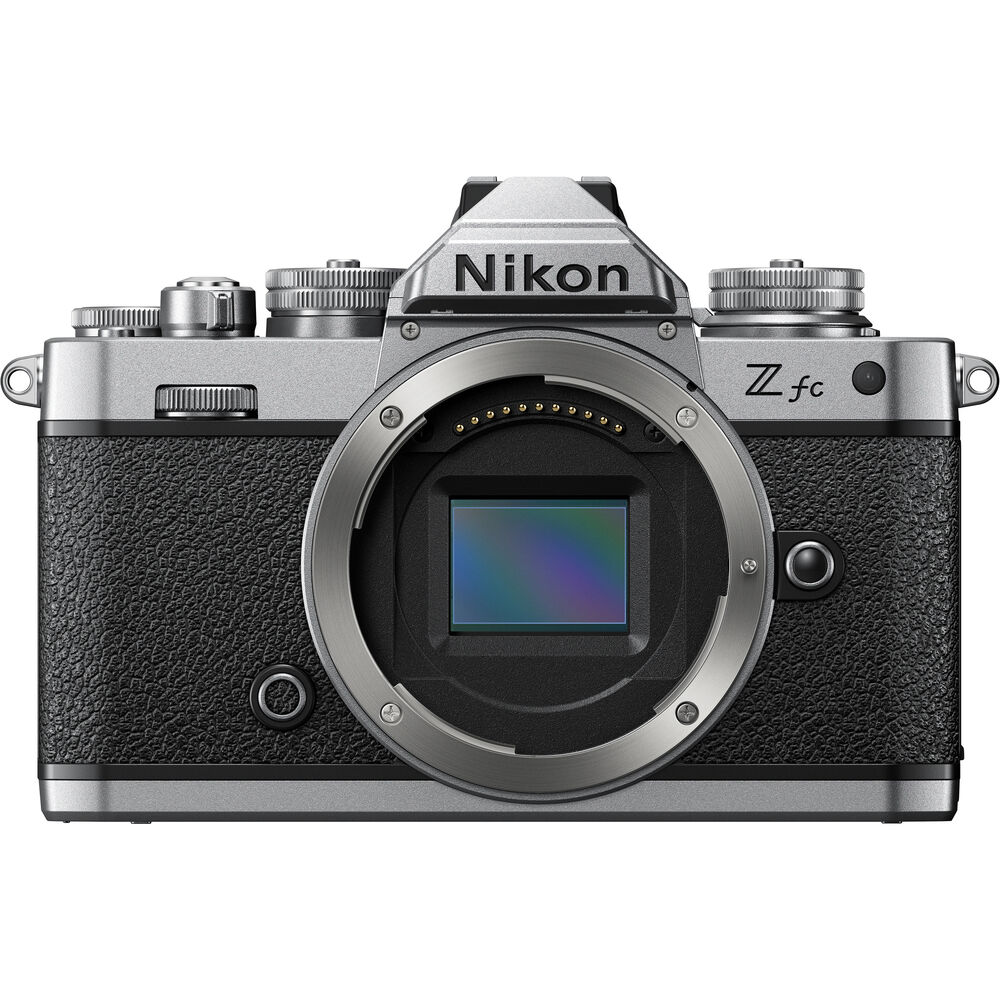Also its worth noting that Canon EF lenses work just as good on RF cameras as on EF Cameras. Its basicaly native. This gives canon the biggest (basicaly native) lense selection at all. There is an incredible big market for used EF lenses and third party lenses.
Agreed. All my EF lenses worked perfectly on my R5.
The RF lenses are generally better specified, perhaps the AF is a tiny bit faster, perhaps they are a tiny bit sharper, and usually more compact than EF nearest-equivalents. But they are a lot more expensive, and the bokeh is no better. It makes sense to only transition from EF to RF if a particular lens offers something you need, that isn't present in the EF version. In short, Canon provides everything that anyone could possibly need, in either EF or RF mount.
Its a shame though, that they try to lock the RF mount for third party lense builders. This is a HUGE mistake in my opinion. The appeal of a mount is the lense selection and nothing else. Limiting this is stupid and greedy in my opinion.
It would be very nice for consumers, if Canon opened the RF mount, as it would give us access to even more lenses, at prices somewhat cheaper than Canon.
But from Canon's perspective it makes far more sense to restrict the mount, at least until they have rolled out a full system of their own native RF glass. The RF bodies sell faster than Canon can produce them, so the lack of independent (AF) glass isn't affecting Canon sales enough to worry them. Canon almost certainly make more money from selling RF lenses than they do from selling the bodies - it's all about striking a balance between maximising profit while retaining customers.
Within a year or so I think we'll see quite a few native RF lenses from Sigma and Tamron, I'm sure there's plenty of negotiation occurring. In fact Cosina/Voigtlander have already announced a (manual focus) lens in RF mount that makes use of the RF electronic contacts.
https://petapixel.com/2023/02/21/co...st-a-canon-rf-mount-lens-the-nokton-50mm-f-1/.
There are of course also many manual focus native RF mount lenses made by Laowa and others, which very extensively cover specialist glass such as macro, shift and zero-distortion ultra-wides
https://www.venuslens.net/. Most people use such lenses in manual focus anyway, so the absence of AF isn't hugely important.

